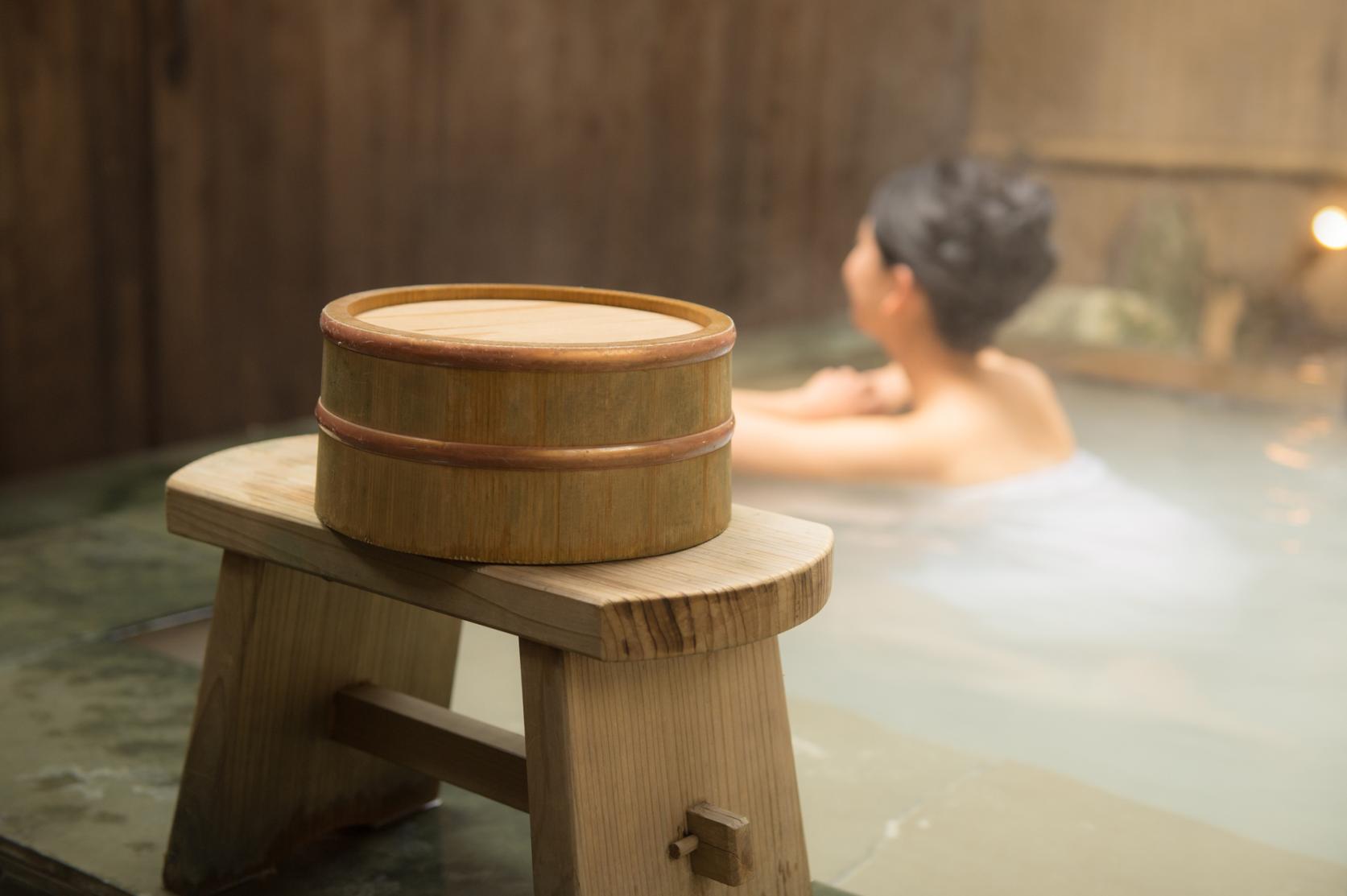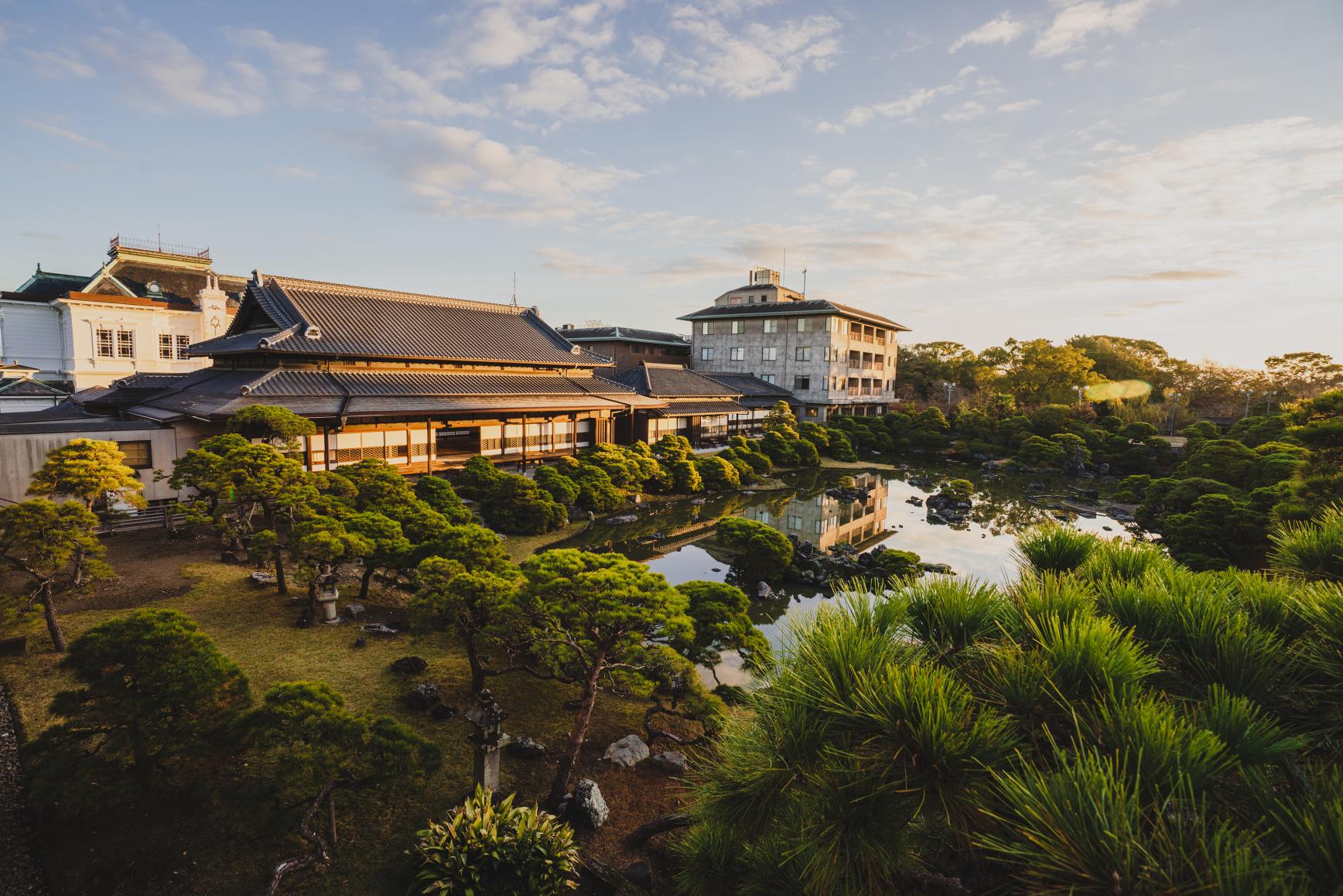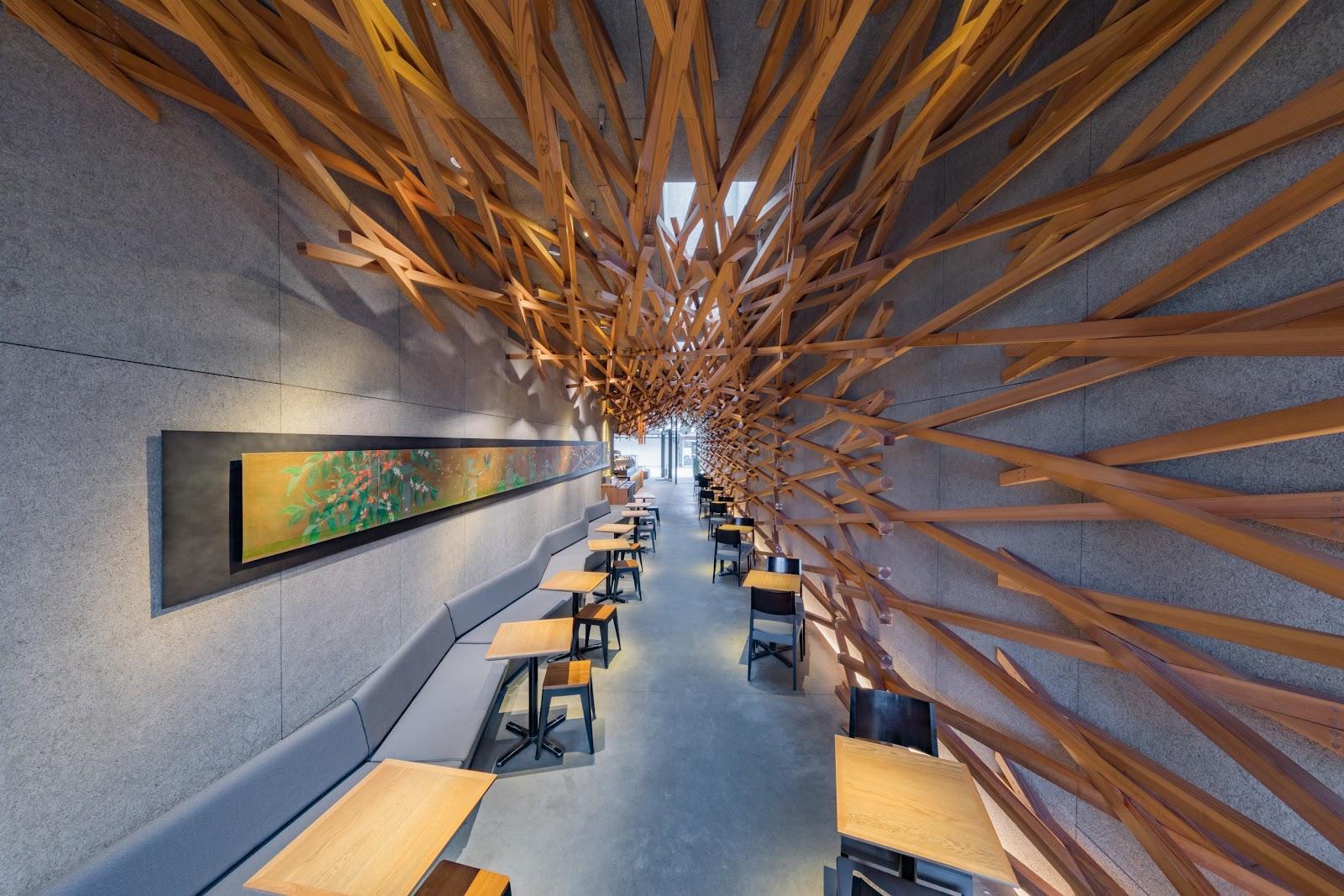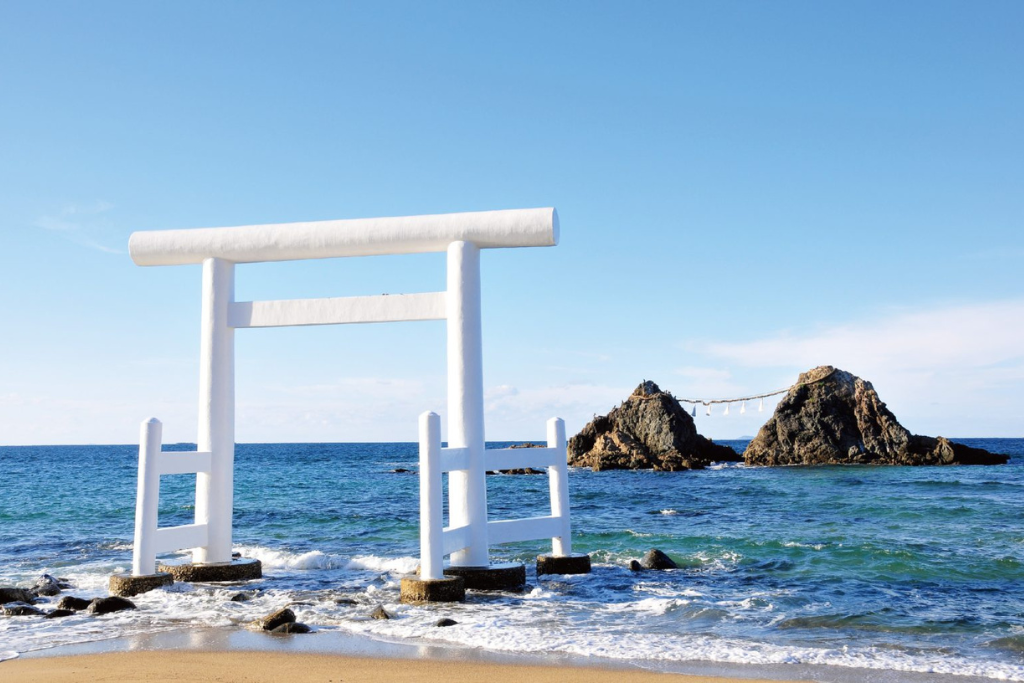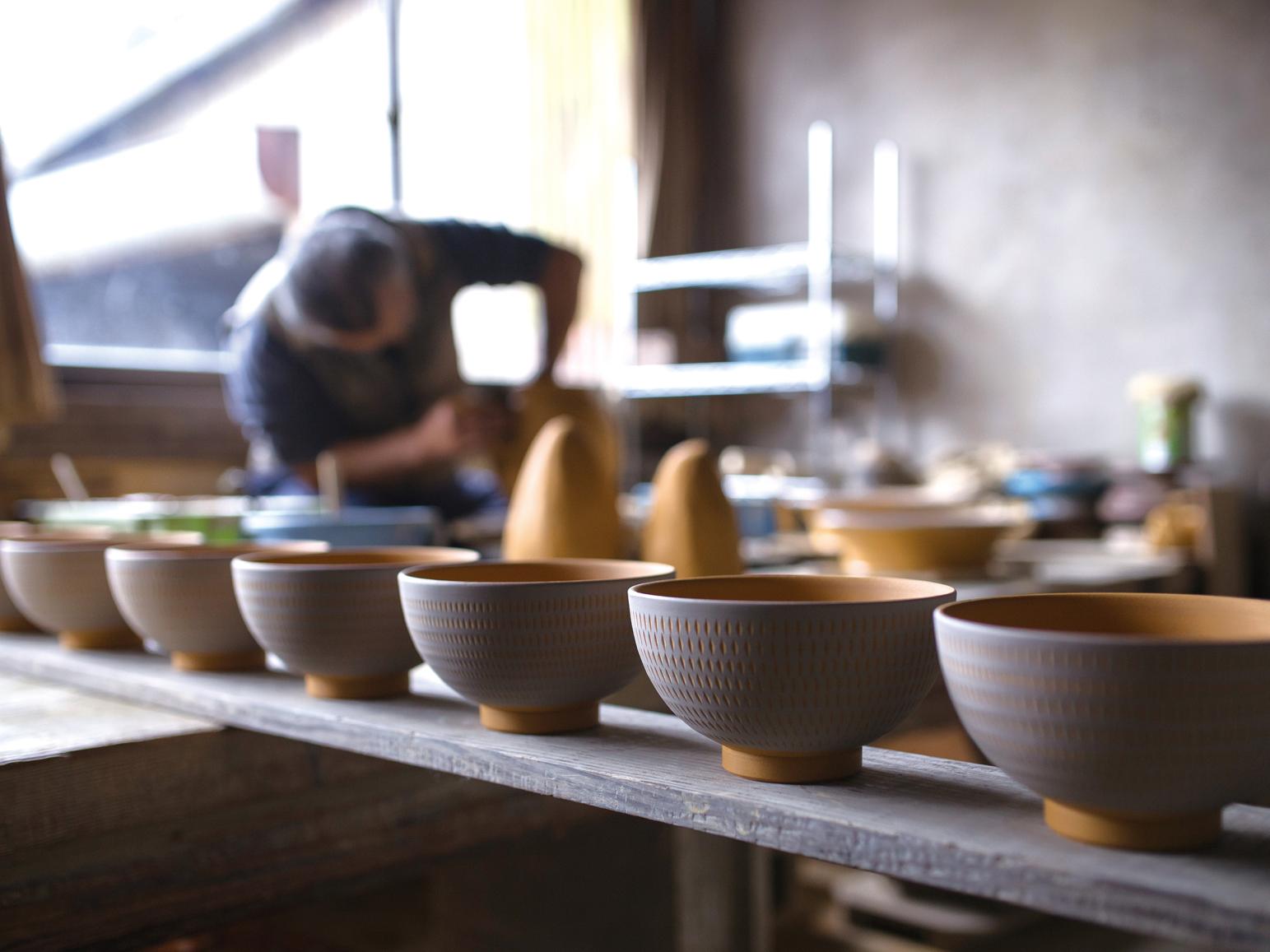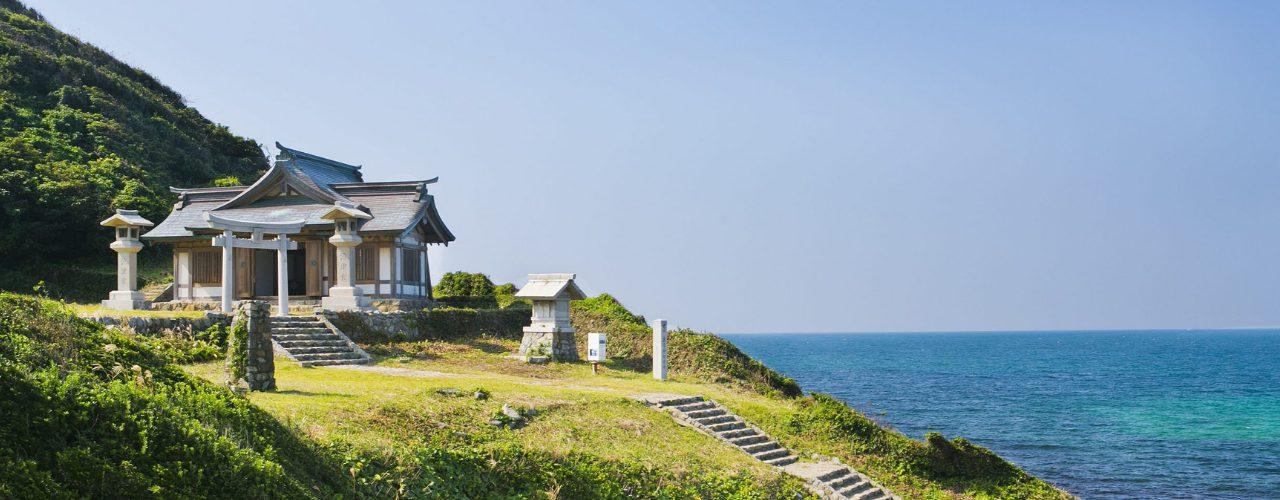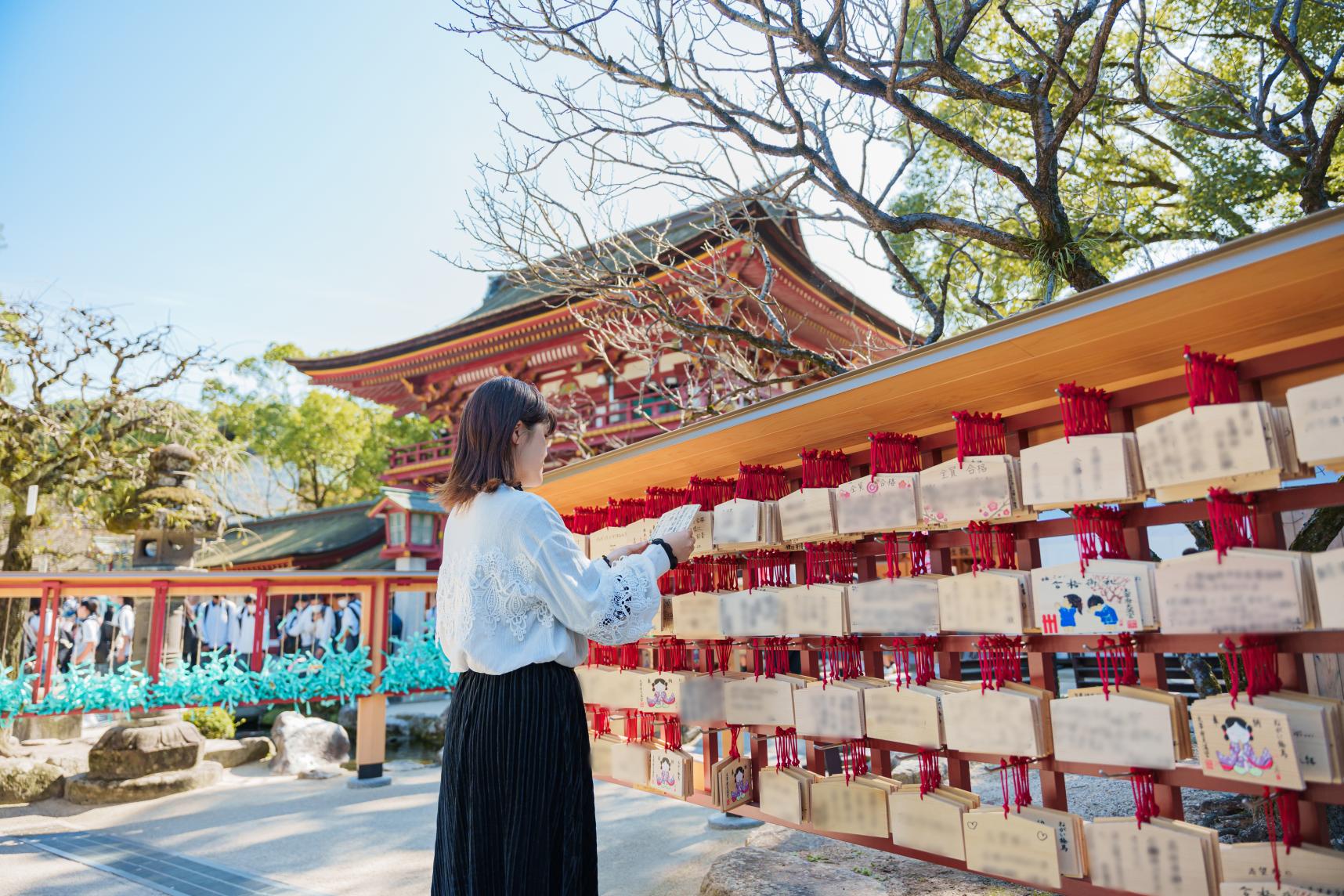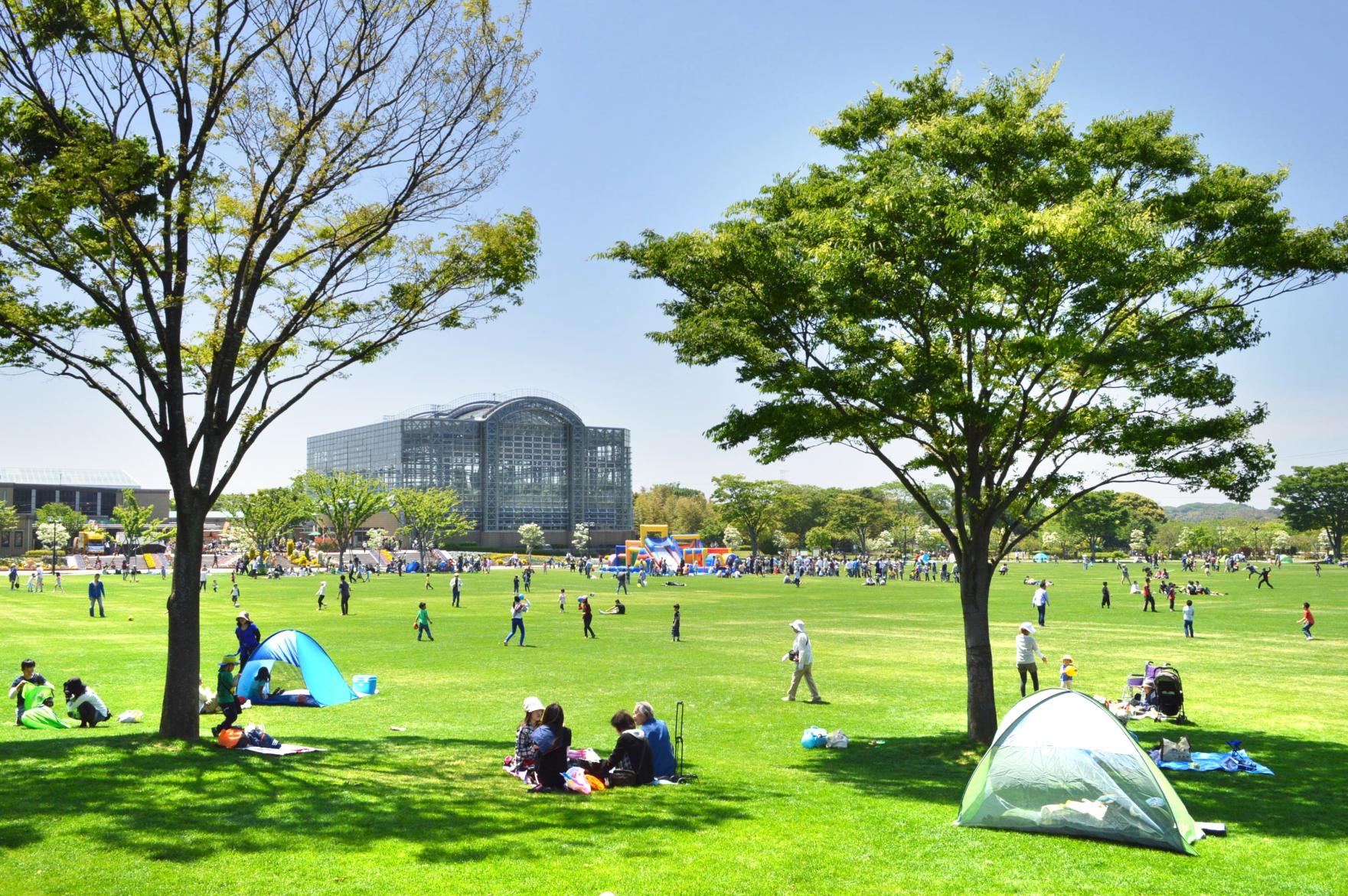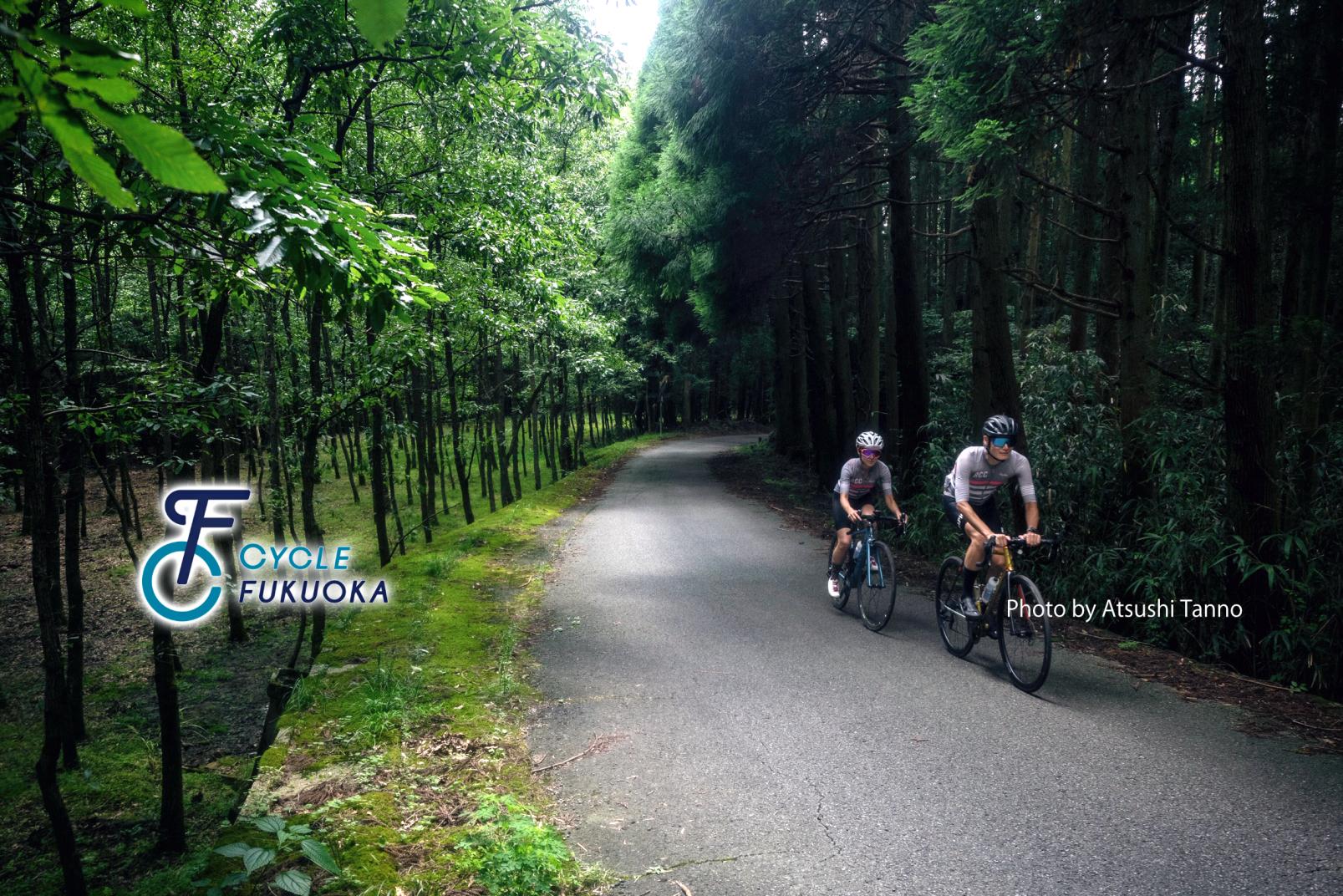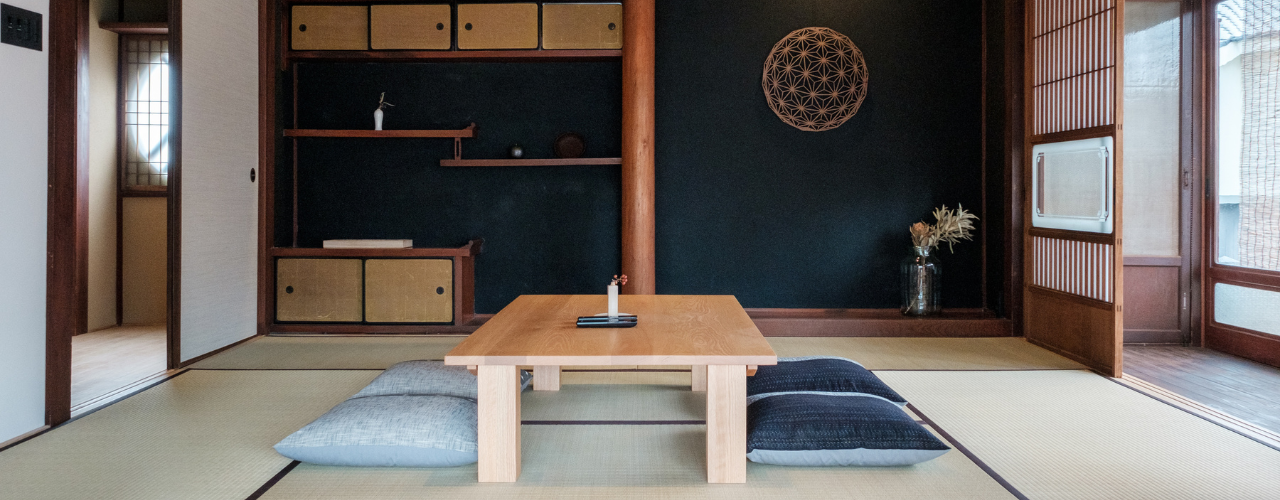
Featuring Tourist Attractions Throughout The Prefecture①
Welcome to Fukuoka, a prefecture in northern Kyushu, abounding with outdoor activities, traditional handicrafts, and a food culture that’s entirely its own! Fukuoka Airport is the global gateway to the prefecture, connecting international visitors to the heart of Fukuoka city, with direct 5-minute subway connections to Hakata station. From there, you have endless choices to start your Fukuoka journey, be it by train, car, ferry, or on foot.
Nature-lovers seeking sandy island beaches and gently sloping mountain trails will find plenty to satisfy their desires with a visit to Oshima Island. This small island, 7 kilometers off the northwestern coast of Fukuoka, is home to the first Kyushu OLLE (hiking) course, along with two World Heritage shrines and a windmill. First, we hop onto a 25-minute ferry ride from Konominato Port Ferry Terminal to Oshima Ferry Terminal, where we meet our guide for the Kyushu OLLE Hiking Munakata Oshima Course.
A few minutes into our hike, we arrive at Nakatsu-gu, one of the three shrines that make up Munakata Taisha Shrine, one of the oldest shrines in Japan. After cleansing our hands, we trek through abundant woodlands to the Mt. Mitake Observation Deck. This is just one of many spectacular vantage points on Oshima island, where we catch our breath before continuing on our way. Halfway through our trek, the Windmill Observatory brims with outstanding sea views and seasonal transformations, surrounded by bright cosmos flowers in late summer and silver pampas grass in fall. Finally, we end our hike at Okitsu-gu Yohaisho, the second of Munakata Taisha Shrine’s three, where the tropical blue waters make us wish we were swimming in them at that very moment.
Back on the main Kyushu island, we head north to Kitakyushu city for a fishing trip from Dairi Port. Roughly 40 minutes into our boat ride, we arrive at our fishing post, where our experienced fishing guide shows us the ropes using state-of-the-art fishing rods. Soon we fill our cooler with a wide variety of fresh fish, which we deliver back to the dockside restaurant Lamer Miyabi. The in-house chef quickly disappears into the kitchen with our fresh bounty. The next time we see our catch, it has been transformed into an elaborate assortment of dishes, including sashimi, sushi, tempura, seared with butter, and hot-pot style.
In coastal Okagaki, we rent bikes at the Okagaki Town Tourism Station, cycle on well-maintained bike paths along the shore and into the Japanese countryside, to pick the freshest springtime batch at a local strawberry farm. A short bike ride away at Budounoki, we turn our hand-picked strawberries into traditional Japanese desserts, which contain the aforementioned strawberries, sweetened anko red bean, and shiratamako rice flour. The pleasantly chewy texture of the rice blends with the creamy anko and fresh strawberries to form the perfect combination of mouthwatering deliciousness.
For a bit more hiking, the Kaho Alps region in central Fukuoka offers a unique “shower” waterfall climbing experience. After meeting our knowledgeable and English-savvy guide Arita-san, we head to Onga River. At first, we cautiously leap from rock to rock before our guide’s exuberance and kind encouragement persuade us to wade waist-deep into the river’s cool waters, then climb against gentle waterfalls up the mountain.
Feeling like true outdoor adventurers, we then hop onto bikes and head to the Onga River Headwaters Salmon Association. This volunteer-run salmon hatchery is a testament to the locals’ passion for preserving the natural salmon run, which was endangered during Japan’s coal-mining period. Next, we head down to the foot of the mountain for spiritual blessings at the 1,250-year-old Salmon Shrine. Every December 13, the salmon offering ceremony takes place to honor and welcome the divine messenger disguised as a salmon, who brings good luck to the salmon run every year. After paying our respects, we end our day with a BBQ feast of local vegetables, seafood, and beef in order to restore our energy and spirits for the following day’s adventures.
Fukuoka is also home to two traditional handicrafts: Kurume Kasuri indigo dyeing and Koishiwarayaki pottery. Koishiwarayaki is a 350-year-old pottery tradition featuring its trademark “Tobi-Kanna” patterns and “Hakeme” brushstrokes. At Yanase Honkamamoto Pottery, we try making our own Koishiwarayaki with the pottery master, Yanase-san, who is eager to help us turn our clay into works of art. The indigo dyeing experience at Kurume Kasuri Ikeda Kobo invites visitors to make their very own piece of the centuries-old Fukuoka handicraft in guided natural indigo dyeing workshops. Here you can also watch artisans hand-weave the fabrics, in one of the few remaining places that still uses traditional techniques to make Kurume Kasuri.
For a take on Fukuoka’s agricultural bounty, we travel inland to southern Fukuoka, to the tea-producing region of Yame. Here, the mountains and clear streams of Yame city’s Chikugo area have nurtured the ancient tea cultivation tradition of using protective straw covers and hand-picking the tea leaves, resulting in unrivaled high-quality green tea. To sample Yame tea, we visit the Tea Museum in Hoshinomura. As a store, restaurant, exhibition space, and studio workshop, the Tea Culture Center is the perfect place to learn about Yame green tea culture through hands-on experience in tea grinding and matcha tea preparation. In the Tea Studio, we tried the slow process of grinding dried tea leaves into rich green matcha tea powder using a stone mortar — just enough to whisk into a single serving of flavorful traditional tea in the Tea Ceremony Hall.
For a luxurious rest in a historical setting, we spend a night at NIPPONIA HOTEL in Yame Fukushima Merchant Town. This 100-year-old renovated sake brewery offers ultimate relaxation with stylish accommodations, including a private Yame tea bath in a beautifully crafted cedar bathtub. OHAKO, the former Otsubo Tea Shop, is part of NIPPONIA HOTEL, housed in a traditional machiya building constructed in 1917. This old tea shop was renovated into a modern art gallery with guest rooms, where we admire the smooth stone-line objects on display. A short walk away is Kitaya, an Edo-period sake brewery founded over 200 years ago, where you can sample or purchase their award-winning Daiginjo Gokujo.
When you’re ready for some shopping, Unagi no Nedoko, housed in the former Terasakitei Residence, sells traditionally handcrafted objects by Japan’s artisans, including Kurume Kasuri woven fabrics, pottery, clothing, and food items. The wooden latticed storefront of Konomien specializes inYame tea with a 146-year of history as a tea wholesaler, featuring delicately wrapped packages that have preserved its distinctive design for over a century.
To learn more about Fukuoka’s feudal history, head to Yanagawa, known as “the city of water” for its picturesque canals. Our first stop is Koga shin kimonokan, a kimono shop founded nearly 130 years ago, where you can rent one of the store’s hundred silk kimonos or yukatas (unlined cotton summer kimono). Then, with our outfits and hair in place, we board the gondola-like Donko boats for the Yanagawa River Cruising Experience. Boat navigators practice the Yanagawa mentality of Yuturato, meaning “take it slowly and leisurely,” as they shepherd you down the city’s charming canals. The river waters are so clean that locals once used them as the public water supply to wash rice and their faces, descending public staircases built down to the river’s edge. During our 70-minute boat ride, our navigator regaled us with stories of the canal and the city, bringing Yanagawa’s colorful feudal history to life. Finally, at OHANA, a former villa residence of the Yanagawa feudal lord’s Tachibana Estate, we browse western and Japanese-style rooms before admiring the private garden from its 100-tatami-mat room.
Fukuoka’s pride shines through its diverse outdoor adventures, sacred sites, and traditional handicrafts. While we do our best to convey the region’s vibrancy, it simply can’t be summed up in a matter of sentences. But one thing is for certain: a visit to Fukuoka will not disappoint, whether you’re an outdoor adventurer, looking for leisure in its charming feudal towns, or just want to meet the friendly locals. We hope that you’ll make the journey to discover your own Fukuoka adventure!
Access Information
Access to the rural areas of Fukuoka is most convenient by rental car. Several rental car companies are within walking distance of JR Hakata Station in Fukuoka city.
●Fukuoka Airport
Simousui, Hakata Ward, Fukuoka City, Fukuoka Prefecture
https://www.fukuoka-airport.jp/en/
●Konominato Port Ferry Terminal
487-51 Konominato, Munakata City, Fukuoka Prefecture
https://www.muna-tabi.jp/menu/useful/ship.html (Japanese Website)
●Oshima Ferry Terminal
1809-39 Oshima, Munakata City, Fukuoka Prefecture
https://www.muna-tabi.jp/menu/useful/ship.html (Japanese Website)
●Kyushu OLLE Hiking Munakata Oshima Course
Oshima, Munakata City, Fukuoka Prefecture
https://kyushuolle.welcomekyushu.jp/en/courses/detail/0e14e405-ed4d-4e70-85ce-73448cfa0f2e
●Mt. Mitake Observation Deck
2986-2 Oshima Munakata City, Fukuoka Prefecture
https://www.muna-tabi.jp/k006/100/030/060/20150323152651.html
●Windmill Observatory
2797 Oshima, Munakata City, Fukuoka Prefecture
https://www.muna-tabi.jp/k006/100/030/040/20150323152143.html
●World Heritage Site Munakata Taisha Shrine Okitsugu Yohaijo
1293 Ito, Oshima, Munakata City, Fukuoka Prefecture
https://www.okinoshima-heritage.jp/en/know/tradition.html
●Okagaki Town Tourism Station (Cycling Experience)
670-34 Hara, Okagaki Town, Onga County, Fukuoka Prefecture
https://okagaki-kankou.com/bicycle_rental/
●Budounoki
183 Teno, Okagaki Town, Onga County, Fukuoka Prefecture
https://budounoki.co.jp/ (Japanese Website)
●Onga River Headwaters Salmon Association
472-1 Okuma, Kama City, Fukuoka Prefecture
https://onga-sakenokai.jimdofree.com/ (Japanese Website)
●Salmon Shrine
542 Okuma, Kama City, Fukuoka Prefecture
https://www.crossroadfukuoka.jp/en/spot/11672
●Kaho Alps
Kama City, Fukuoka Prefecture
https://www.city.kama.lg.jp/site/360pano/20435.html (Japanese website)
●Yanase Honkamamoto Pottery
790 Koishiwara, Toho Village, Fukuoka Prefecture
https://tenku-koishiwara.com/en/
●Kurume Kasuri Ikeda Kasuri Kobo
1840 Hisatomi, Chikugo City, Fukuoka Prefecture
https://www.crossroadfukuoka.jp/en/traditional-crafts/13776
●Tea Museum (Cha no bunkakan)
10816-5 Hoshinomura, Yame City, Fukuoka Prefecture
https://www.hoshinofurusato.jp/en/
●NIPPONIA HOTEL Yame Fukushima Merchant Town
204 Nishikyomachi, Motomachi, Yame City, Fukuoka Prefecture
https://www.yame-fukushimastay.com/ (Japanese Website)
●OHAKO former Otsubo tea house
21-1 Motomachi, Yame City, Fukuoka Prefecture
https://unagino-nedoko.net/store/ (Japanese website)
●Unagi no Nedoko Old Terasaki House
327 Motomachi, Yame City, Fukuoka Prefecture
https://unagino-nedoko.net/store/ (Japanese website)
●Konomien (Tea Shop)
126 Motomachi, Yame City, Fukuoka Prefecture
https://www.crossroadfukuoka.jp/en/spot/10887
●Koga Shin Kimonokan (Kimono Experience)
24-5 Asahimachi, Yanagawa City, Fukuoka Prefecture
https://kogasin.com/kanko-rental/ (Japanese Website)
●Yanagawa River cruise
Yanagawa City, Fukuoka Prefecture
https://www.japan.travel/en/spot/316/
●Yanagawa Tachibana-tei Ohana
1 Shinhokamachi, Yanagawa City, Fukuoka Prefecture
https://www.japan.travel/en/luxury/detail/yanagawa-tachibana-tei-ohana/


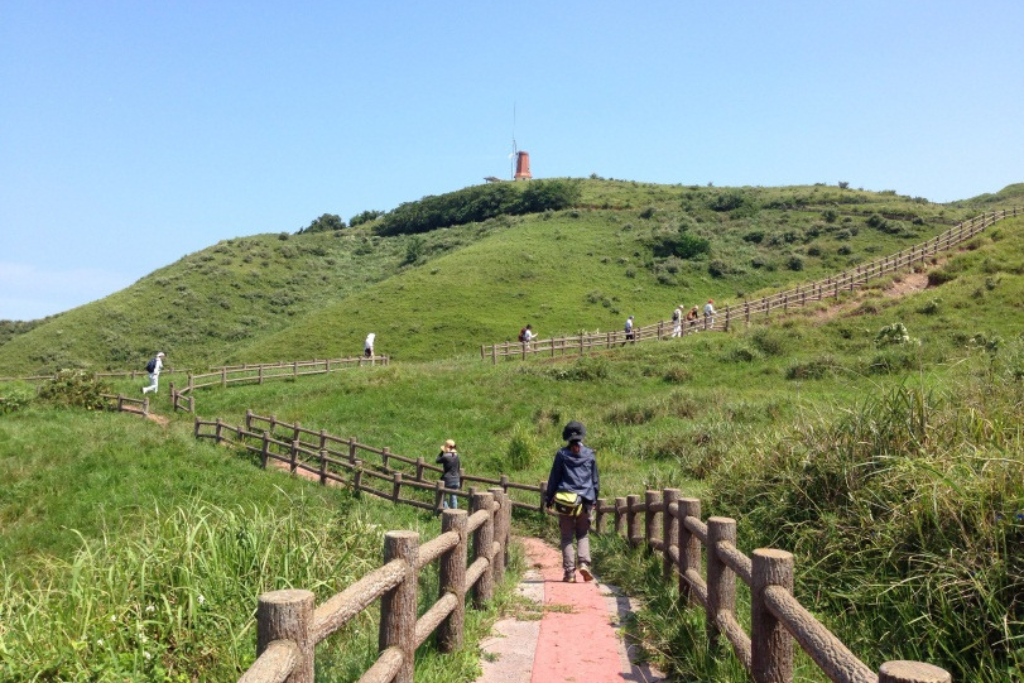
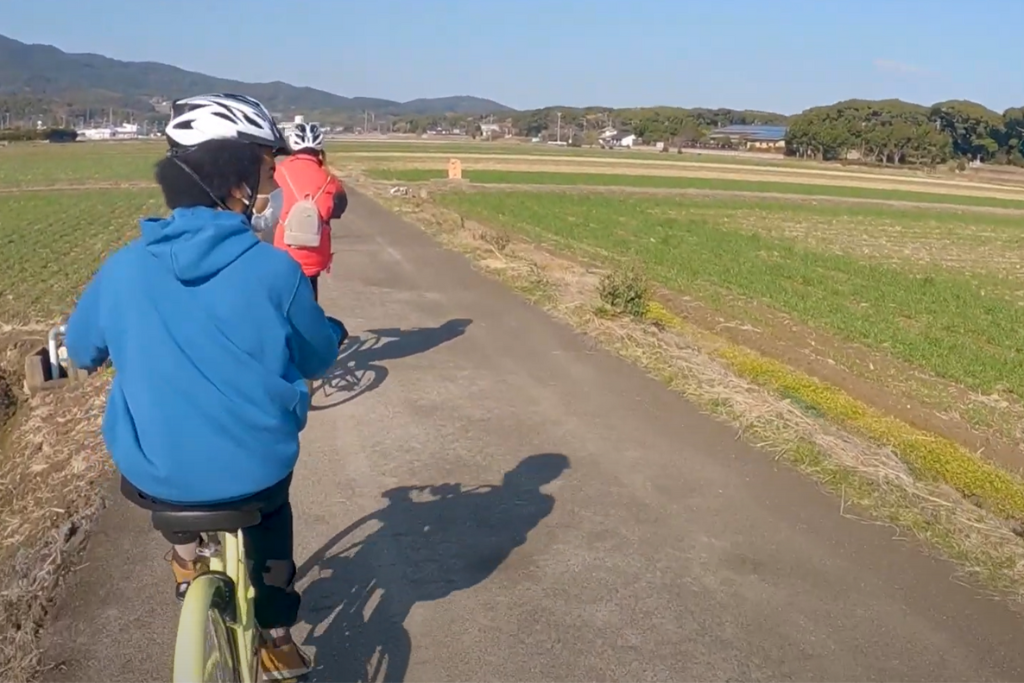
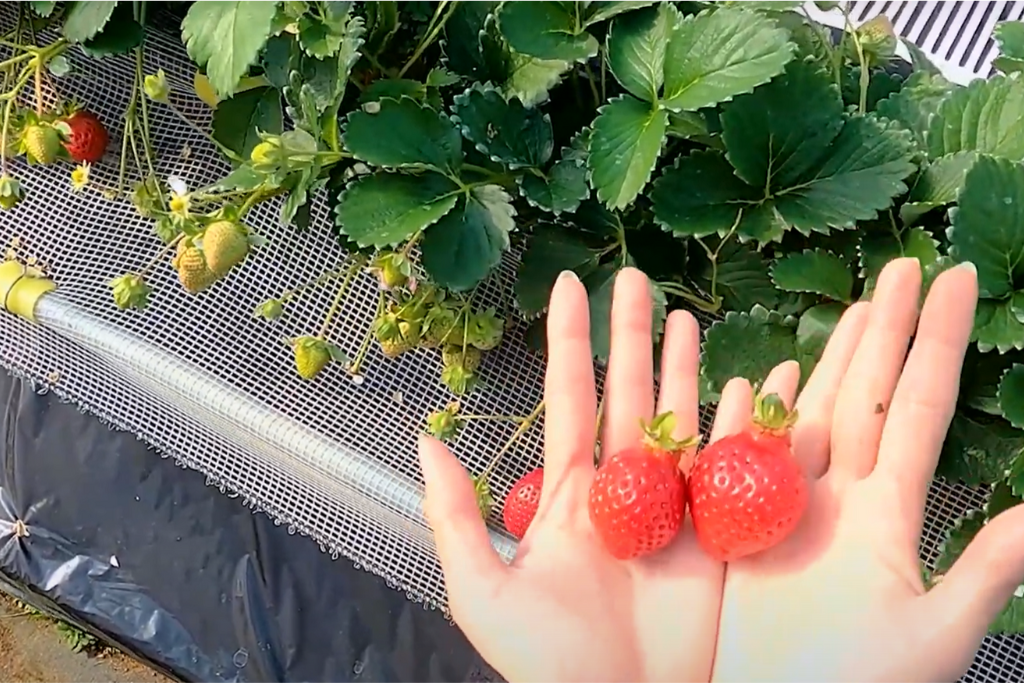
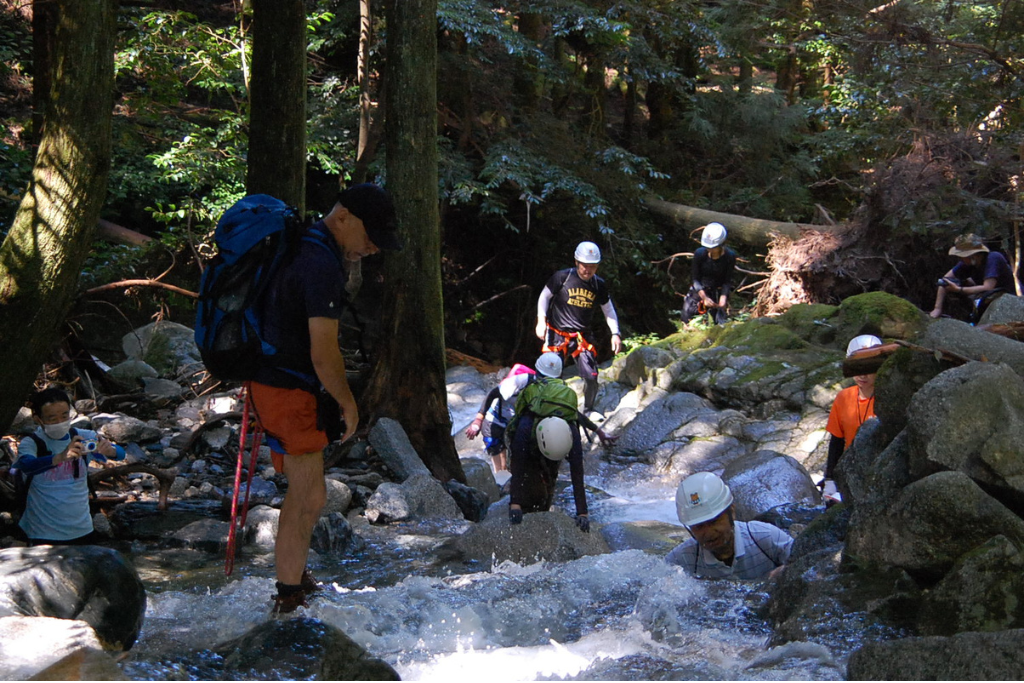
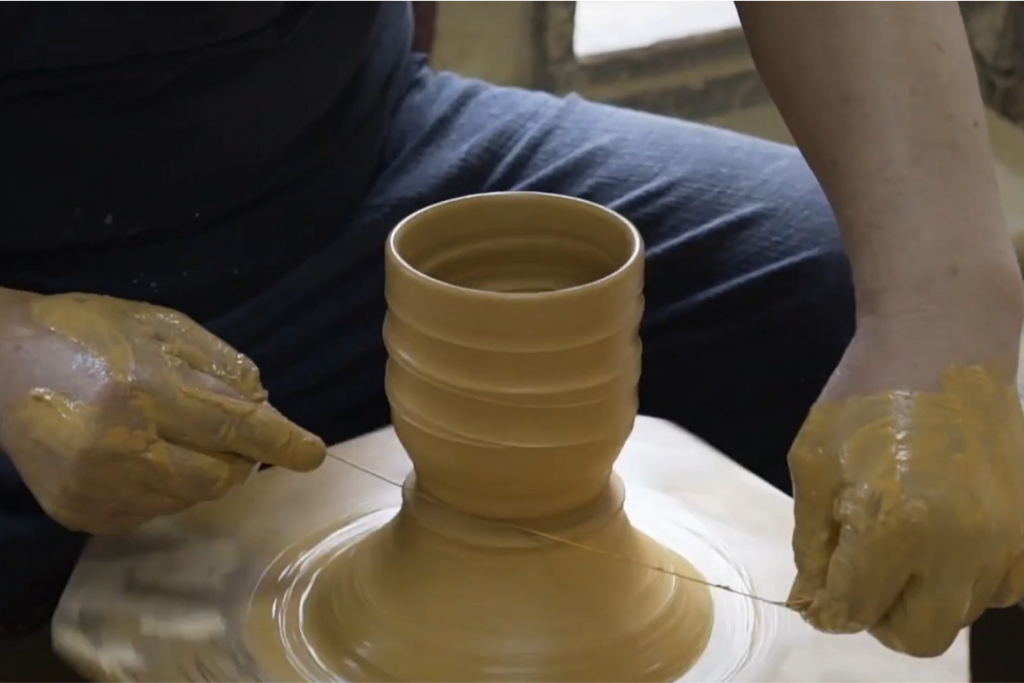
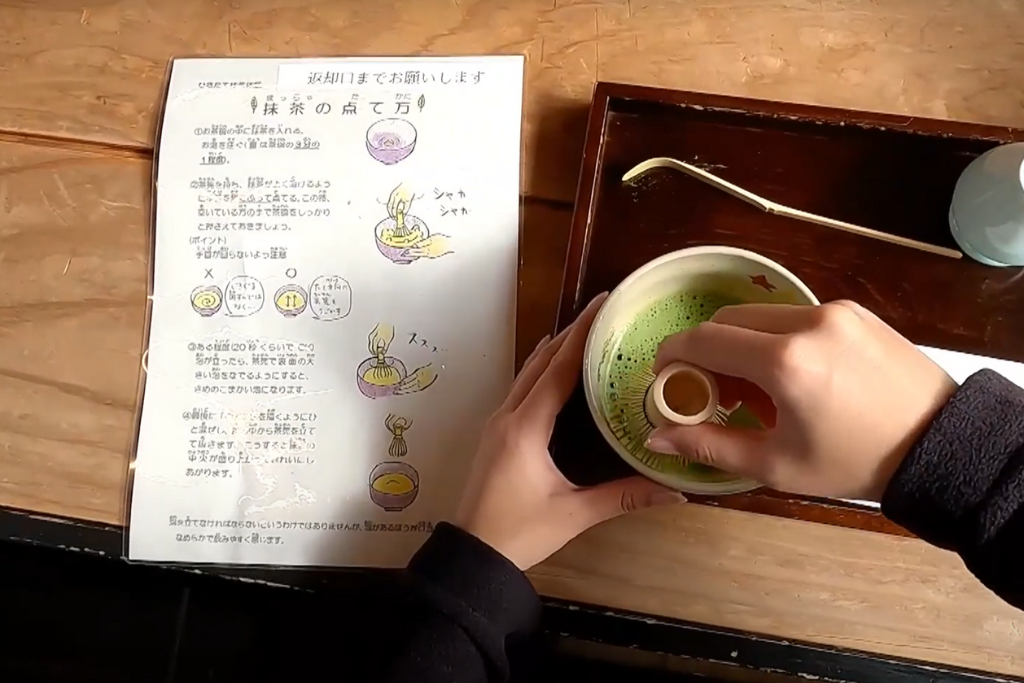
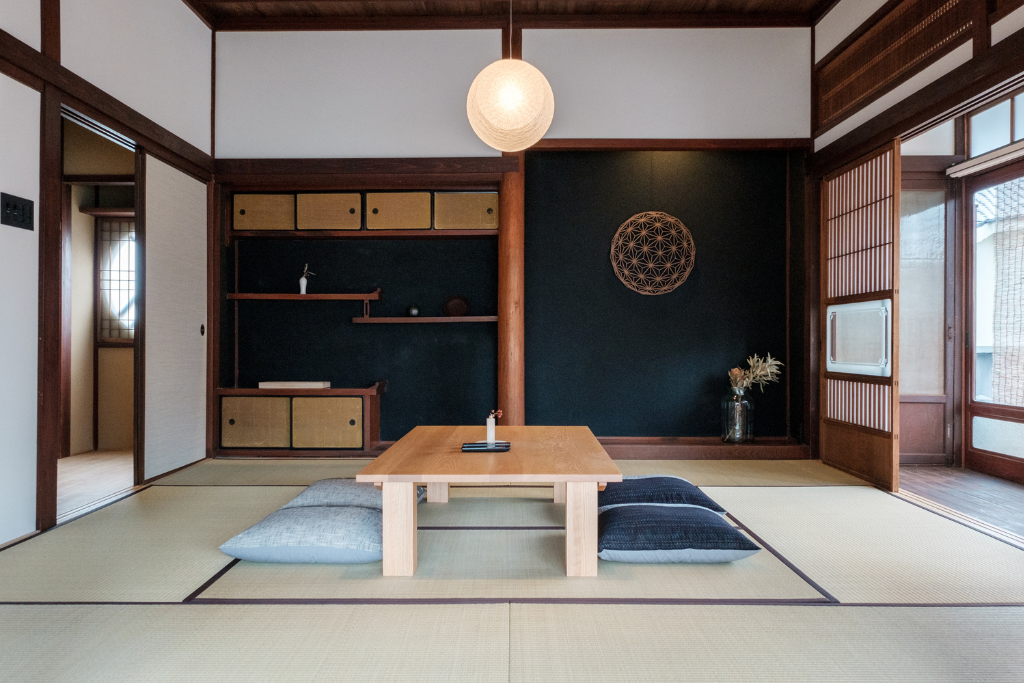
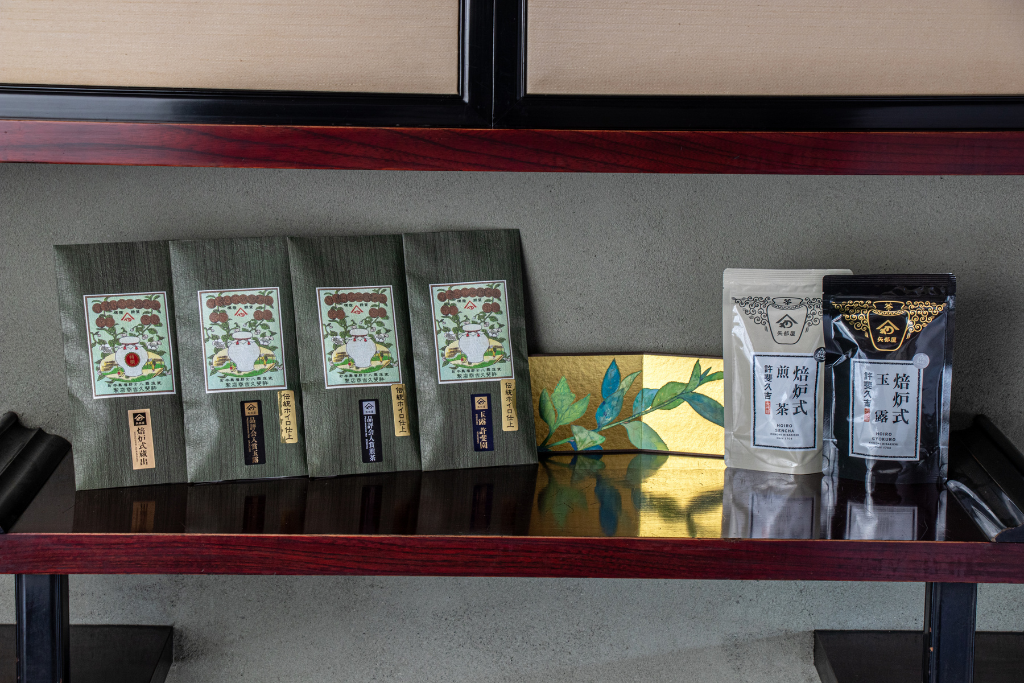
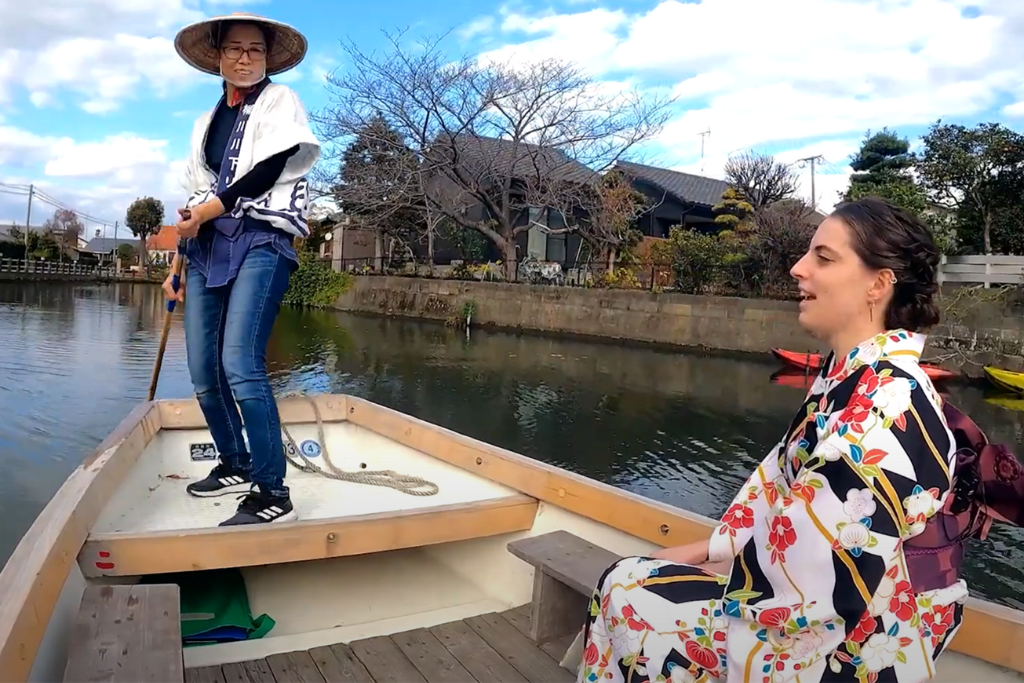
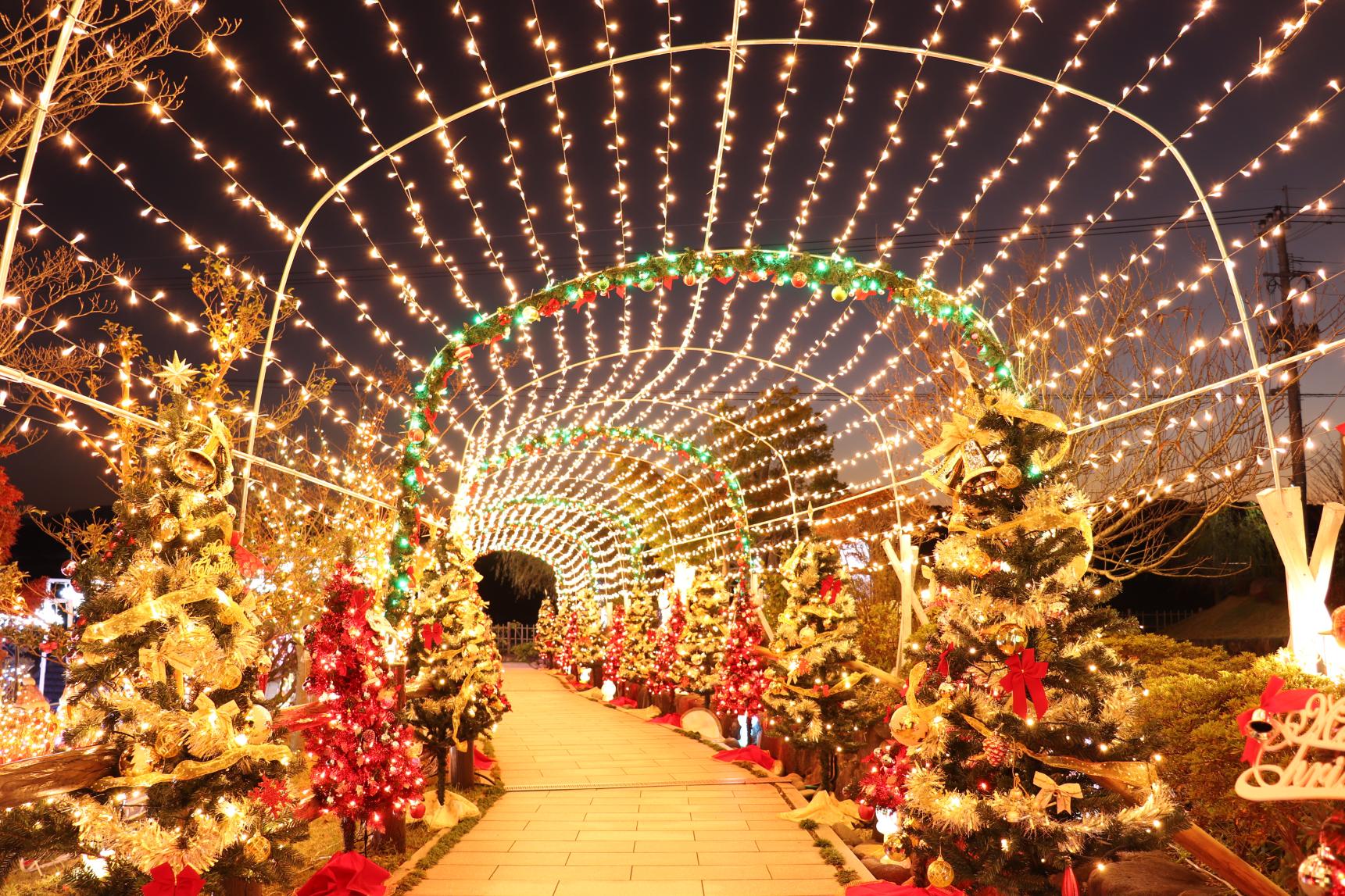
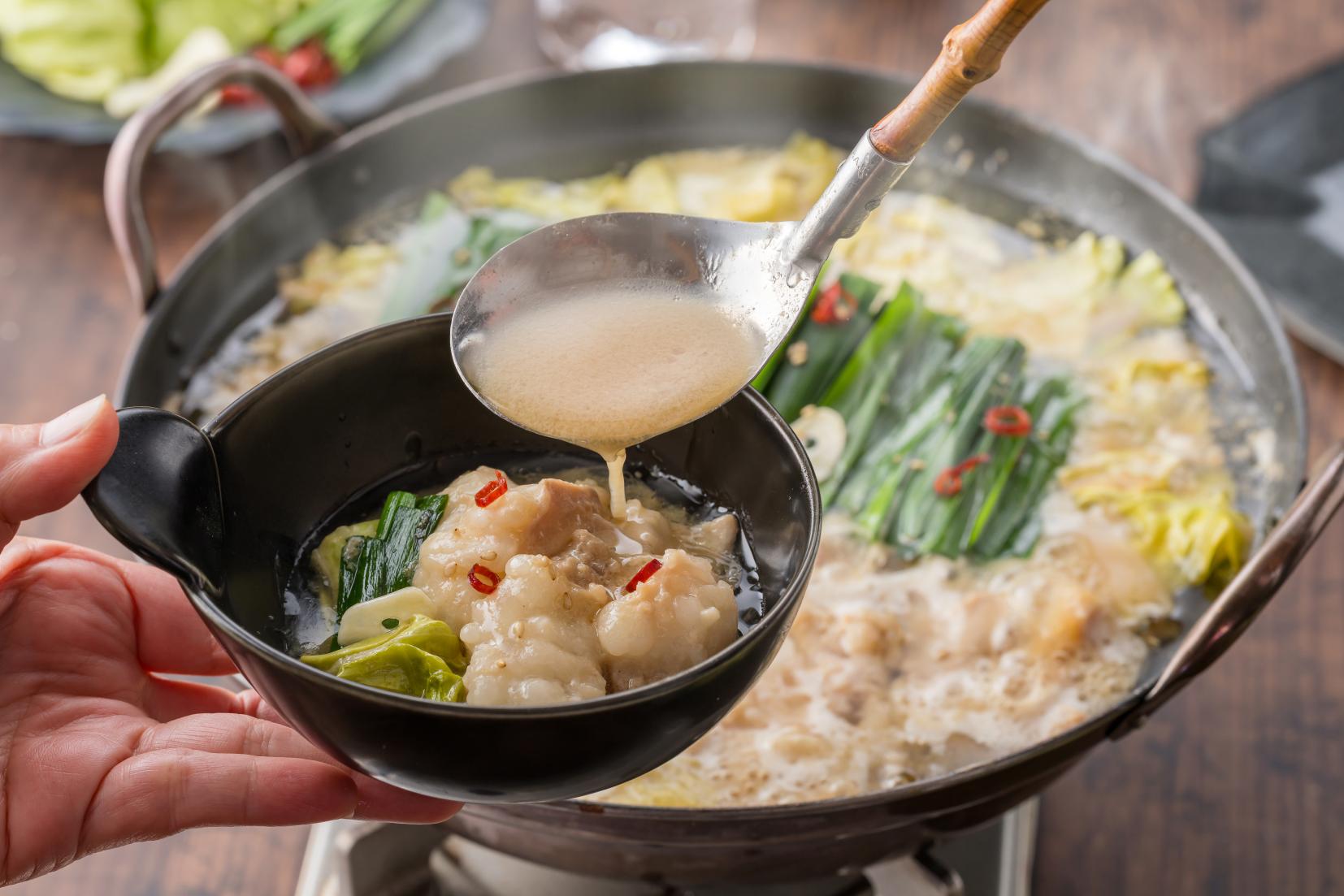
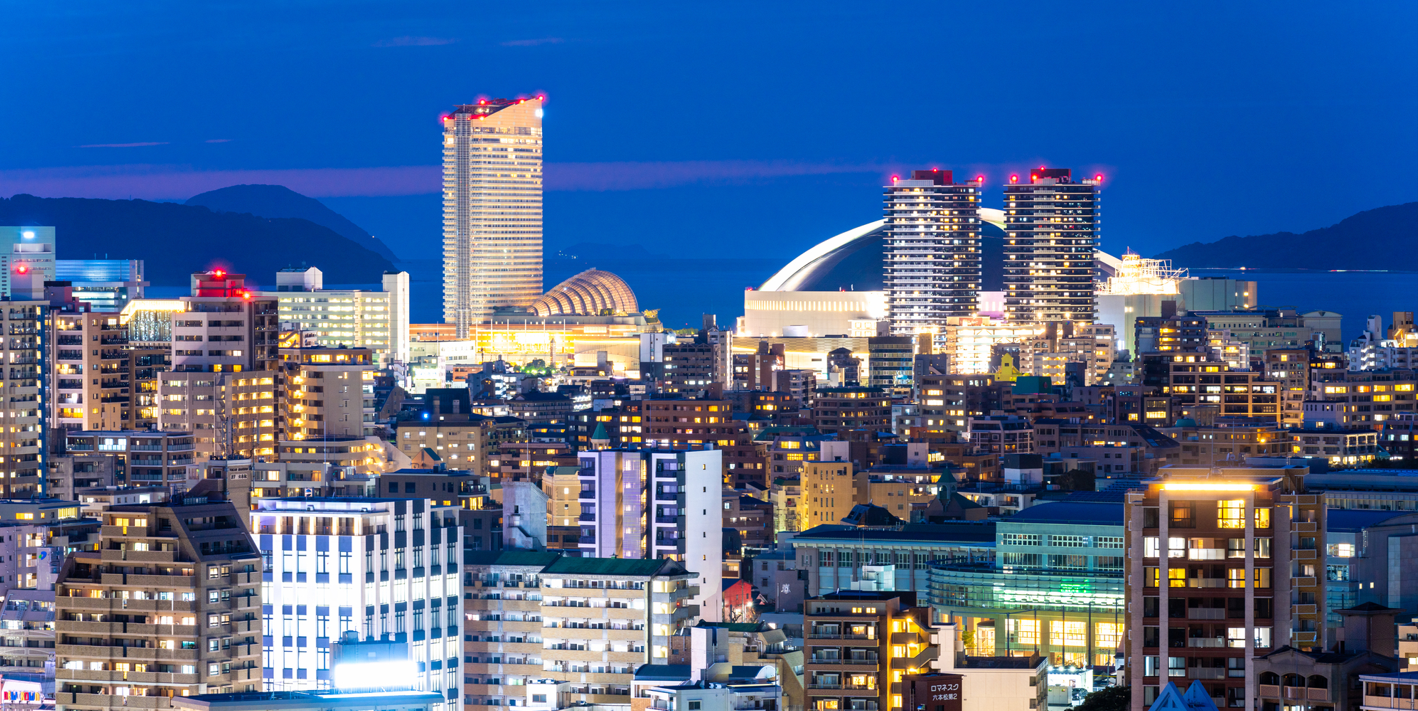
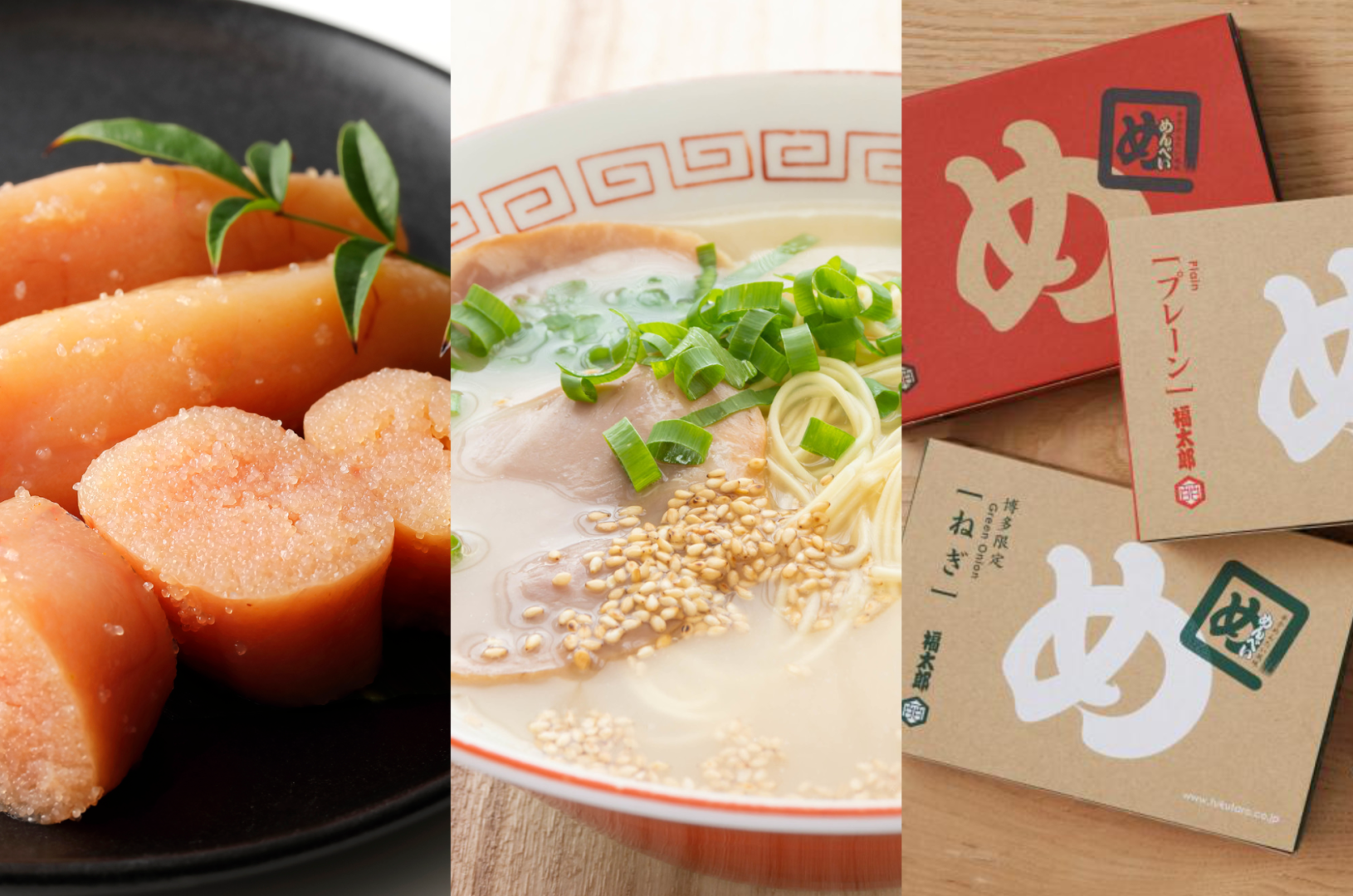
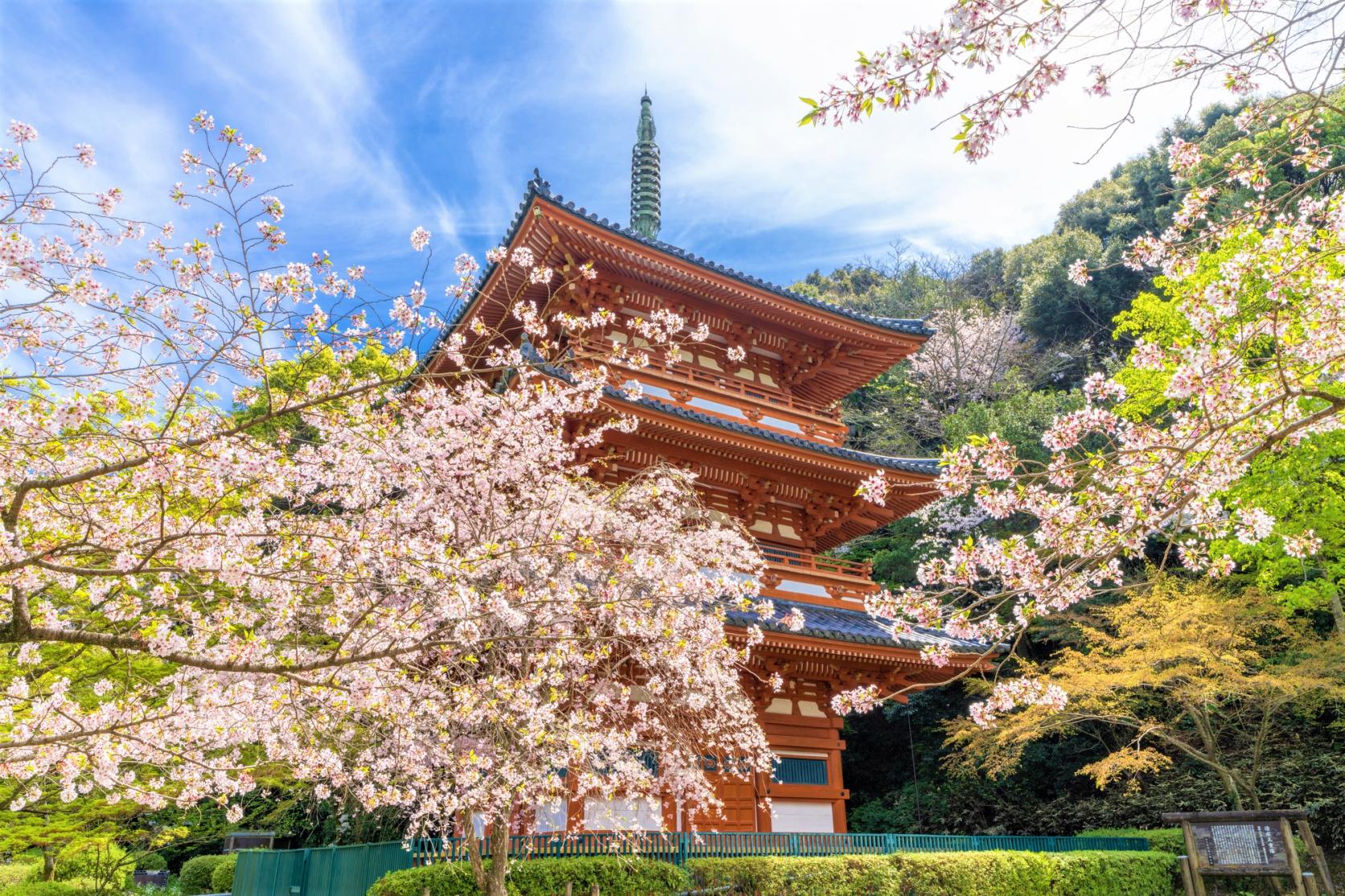
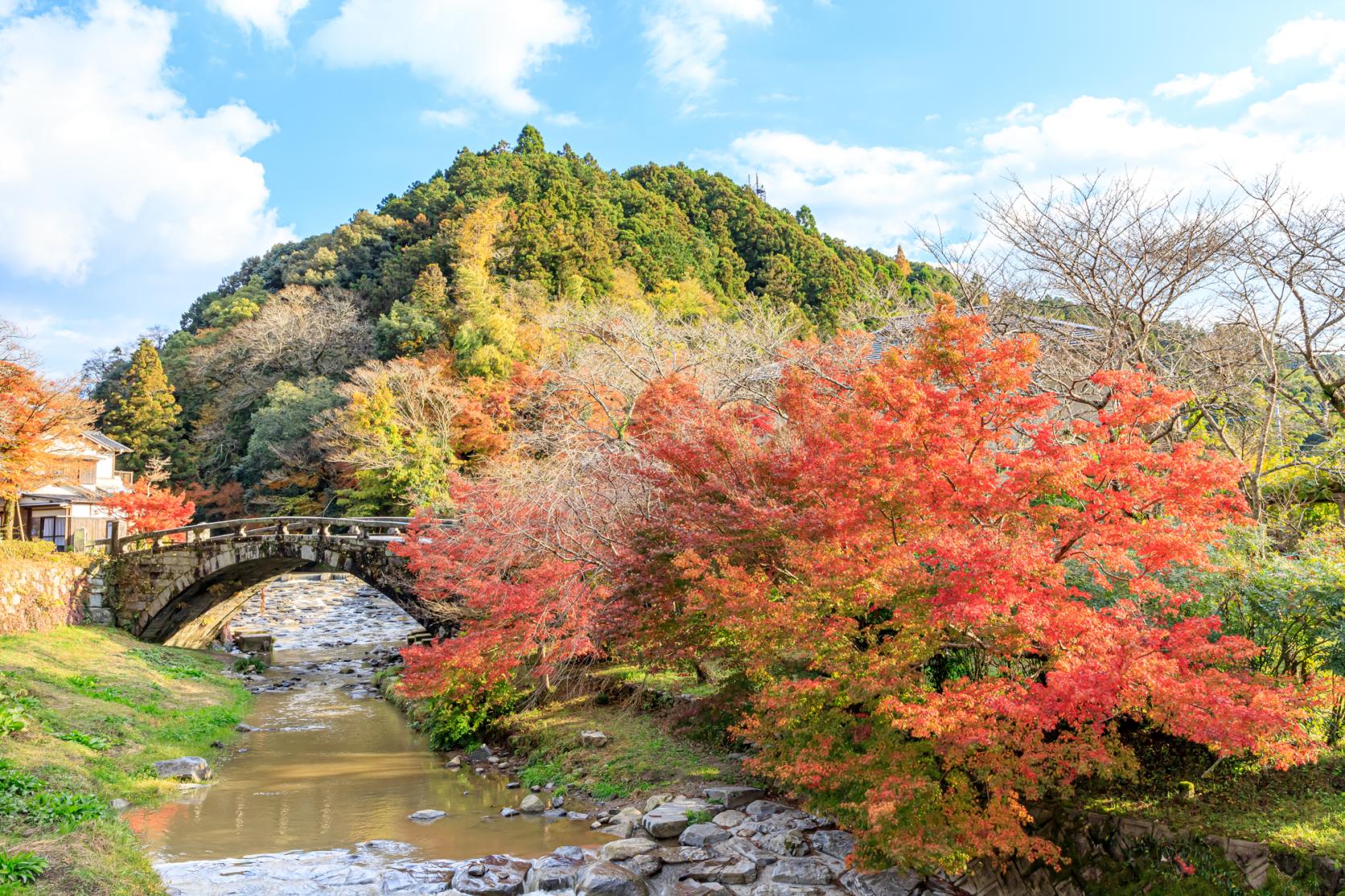
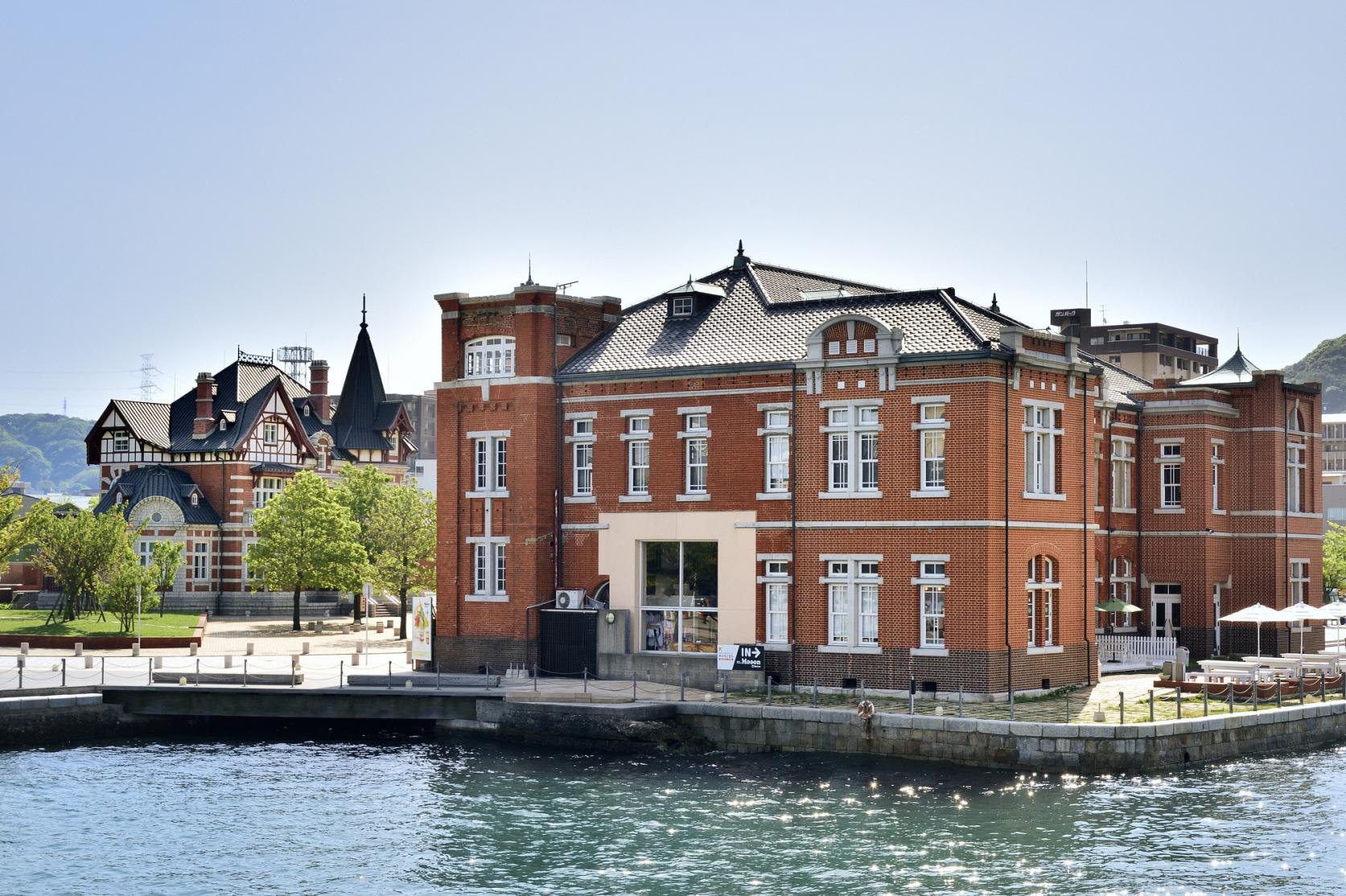
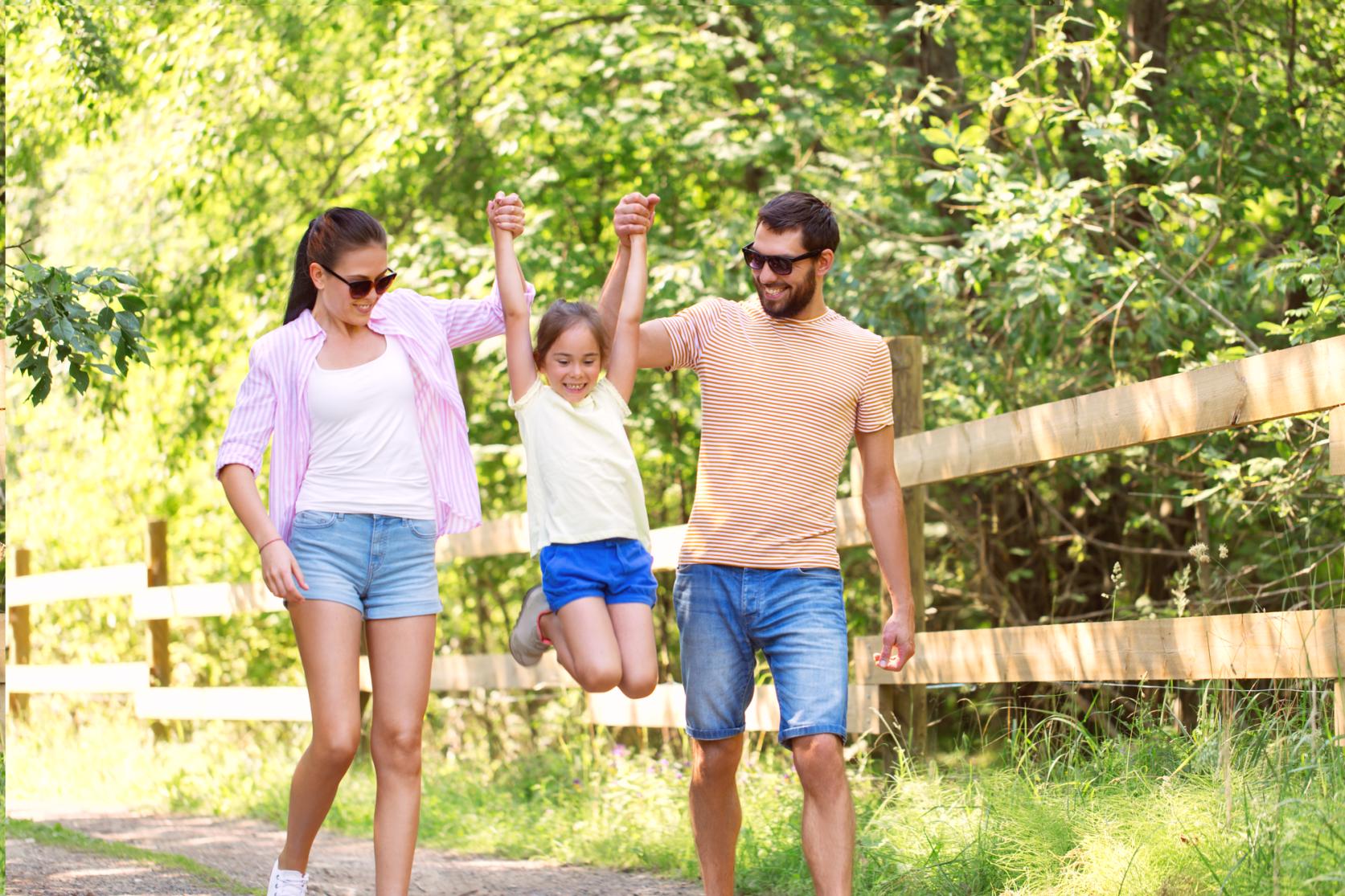
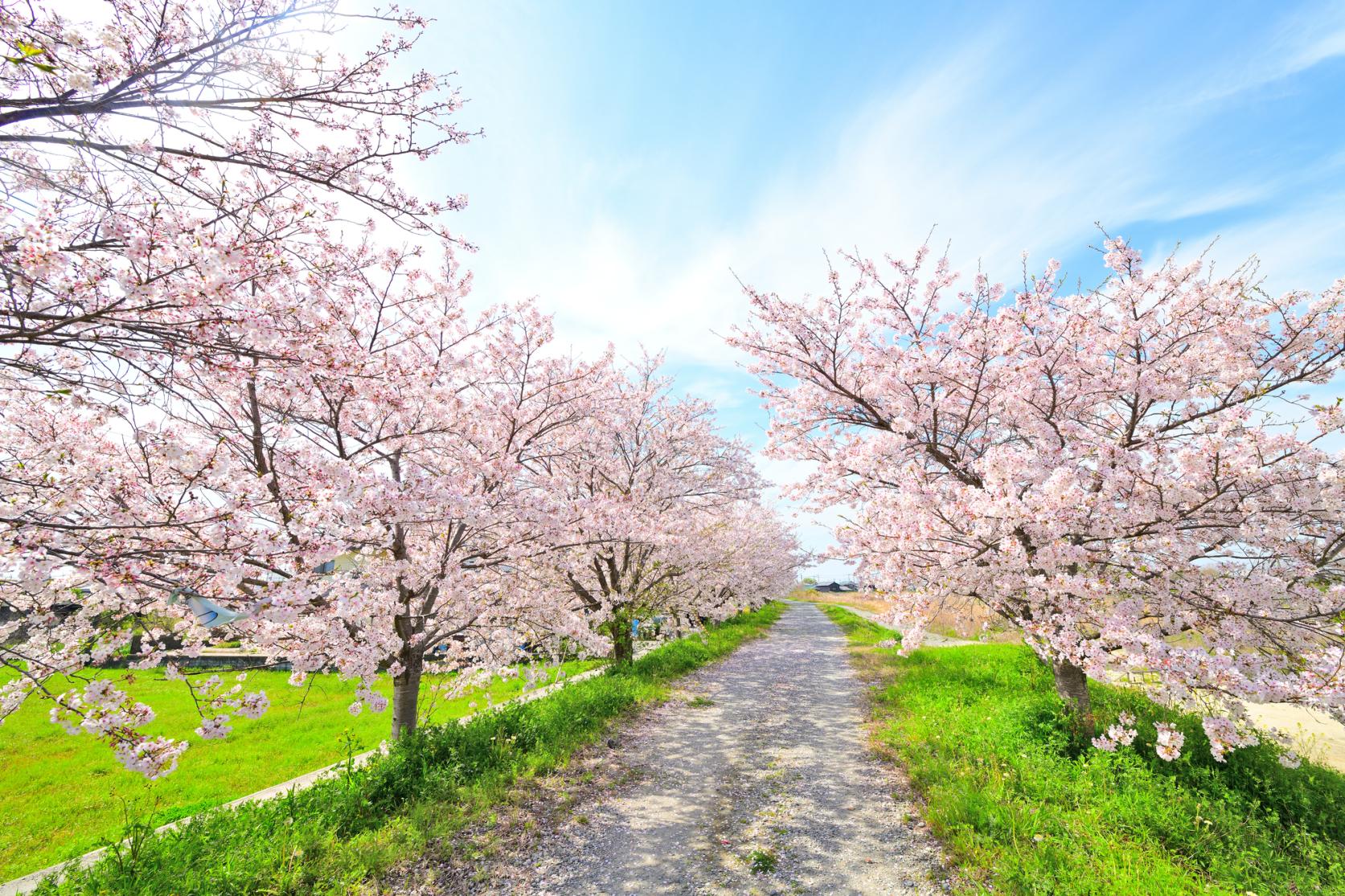
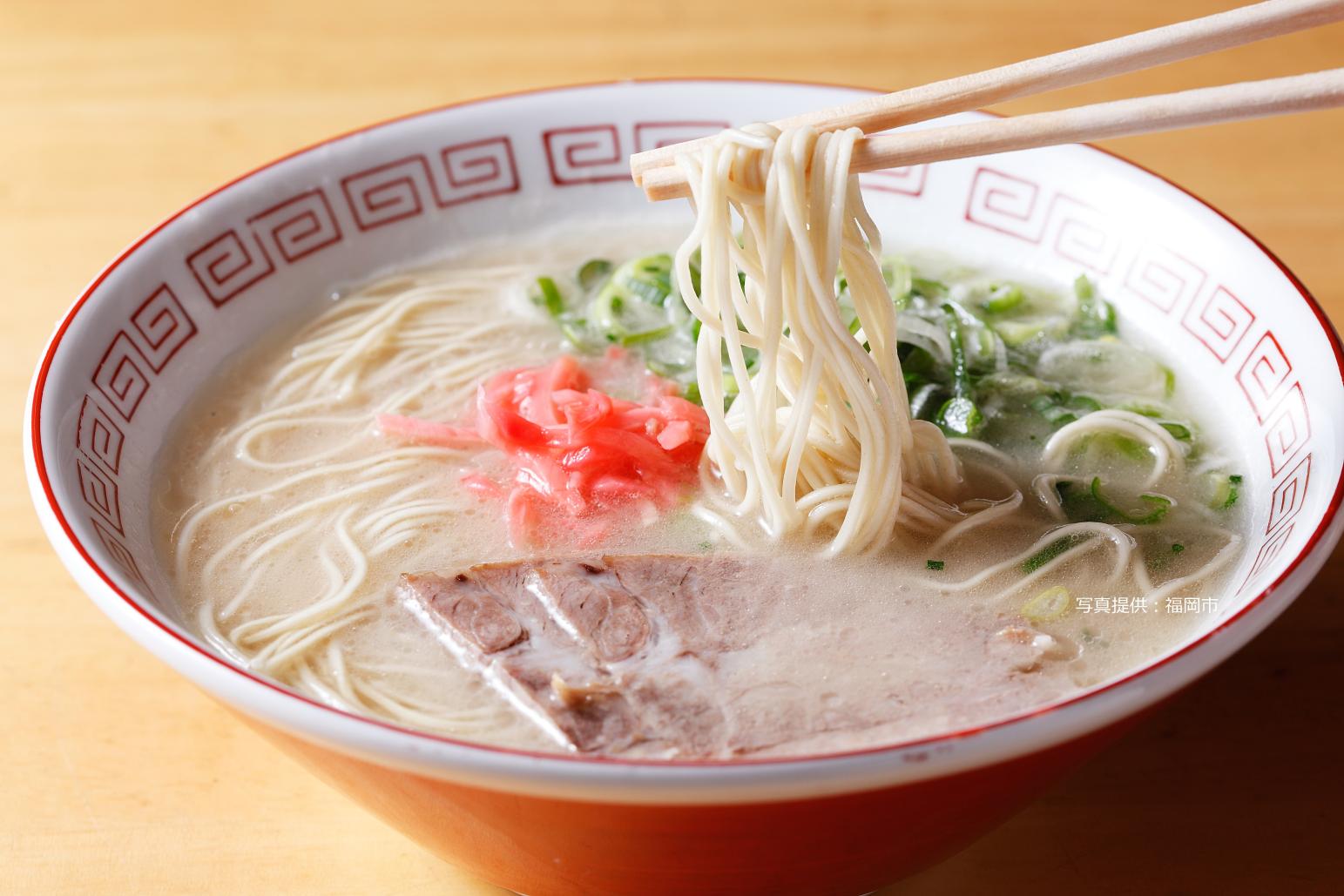
![[2025] Strawberry Picking Spots in Fukuoka-1](https://www.crossroadfukuoka.jp/storage/special_features/49/responsive_images/9ZHgrqvQdpH8tM4IRF54DXu0aPBF3YGGkj5WOTGc__1673_1115.jpg)
